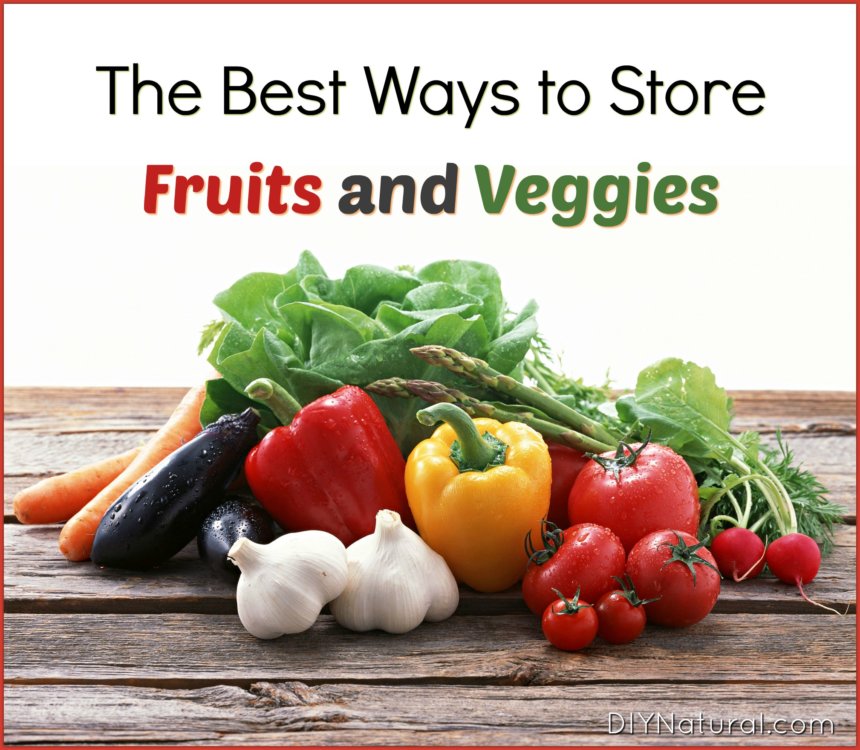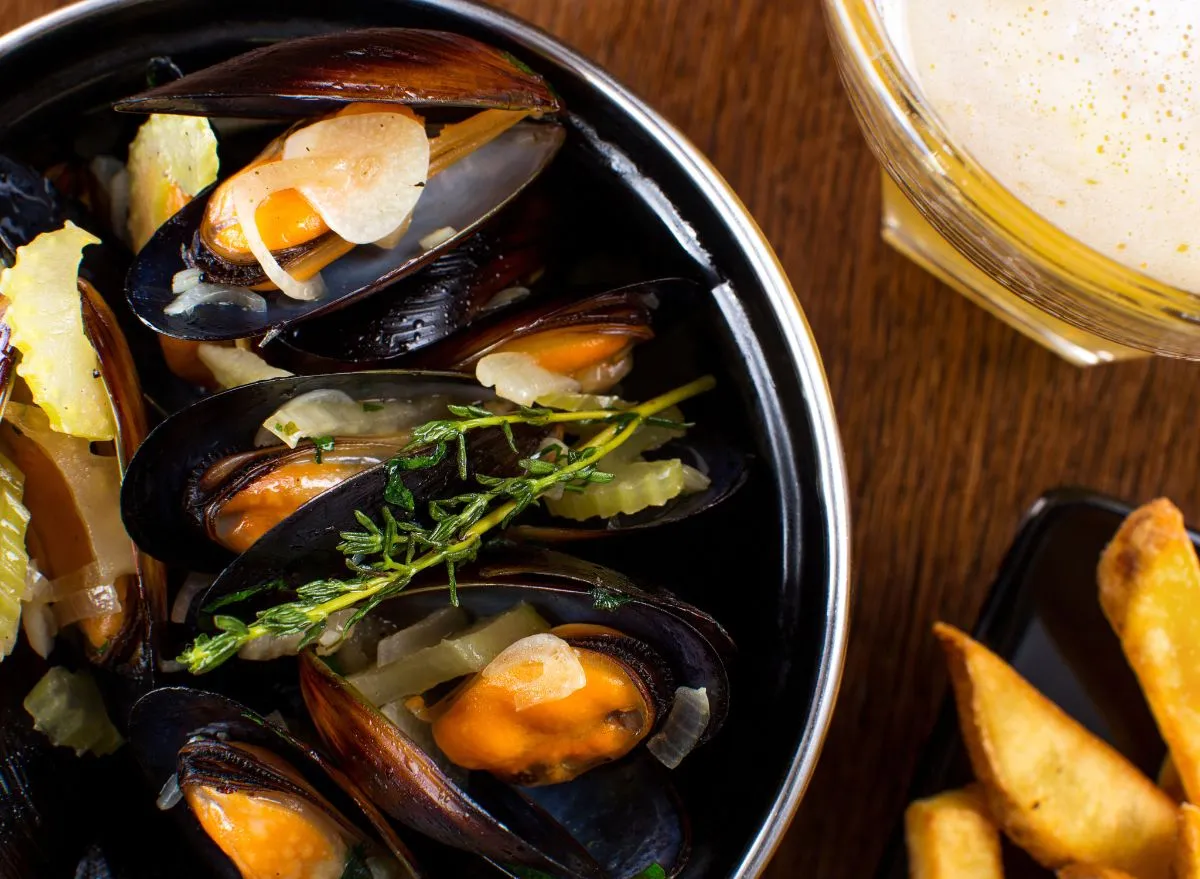

Learn how to store vegetables and fruit so they last longer. Following these simple storage rules will help maximize the life and freshness of your produce.
There is nothing better than farm market season. Each week I head to one or two farmer’s markets for the week’s freshest finds.
Occasionally I will buy some super ripe or “less than desirable” produce that I can turn into a quick sauce, jam, or freezer meal. However, there are many times when I find that mine does not last as long as I want it to. I hate throwing out produce! It is a waste on so many levels: money, resources, and time.
How to Store Vegetables and Fruit Properly
That’s why I follow some simple storage rules to maximize the life of my fresh fruits and vegetables. Learning how to store vegetables and fruit properly will help them stay fresh for quite some time.
Also, I’ve included a few ways to help get your family eating more fruits and vegetables that are sure to work. These simple tips are sure to save you some time and money.
Tip #1: Keep certain produce away from others
Recently I learned that certain produce can give off a natural gas, ethylene, as it ripens. Some fruits and vegetables are very sensitive to this gas and when exposed to it, will ripen and/or go bad very quickly.
To save your produce, keep this in mind:
Store these vegetables and fruit alone (they can produce a lot of ethylene): apples, avocados, ripened bananas, cabbage, lettuce, melons, mangoes, nectarines, onions, pears, peaches, plums, tomatoes
These are sensitive to ethylene: unripe bananas, green beans, broccoli, Brussels sprouts, cabbage, carrots, cauliflower, cucumbers, eggplant, leafy greens, peas, peppers, squash, sweet potatoes, watermelon
Tip #2: Put things in their proper place
It can be so disappointing to bring home beautiful produce that seems to go bad in just a few days. Once you learn how to store vegetables and fruit properly they should last up to 14 days! With vegetables, like real estate, it’s always location, location, location. Here are some tips to help you find the proper place for your produce:
READ RELATED: Signs You’ve Got a “Deadly” Blood Clot Inside You
Store in the fridge: Asparagus, berries, carrots, celery, broccoli, Brussels sprouts, cabbage, cauliflower, corn (husk on), grapes, lemons, oranges, bell peppers, ripe apples (after a week or two of sitting out), zucchini
Ripen on the counter, then eat right away or store in the fridge: tomatoes, peaches, pears, apricots, nectarines, and mangoes
Store these vegetables and fruits on the counter: Freshly picked apples, avocados, bananas, cucumbers, eggplant, watermelon, cantaloupe and honeydew, natural honey
Store in the pantry (a cool, dry, and dark location): potatoes, onions, garlic, winter squash
Tip #3: Wash some produce right away
When shopping at farmer’s markets, most of the fruit and vegetables come ready to eat. However, I find that my family is not always ready to eat their vegetables. I have developed a sure-fire strategy to get them to eat their veggies (and fruits too): wash it.
Here are some fruits and vegetables that I wash, process, and store right after bringing home: carrots, celery, sugar snap peas, bell peppers. I store them in the fridge in individual reusable sandwich bags that my kids (and husband) can grab and go.
I also love to make this easy salad with my tomatoes and cucumbers. It’s simple, quick, and my family loves it.
Tip #4: When in doubt, freeze!
A couple of weeks ago, I picked 8 pounds of very ripe strawberries. They were on the fast track to the garbage, so I decided to make a quick freezer jam. (I also learned how to make a naturally sweetened freezer jam.)
However, there are lots of fruits and vegetables that can be cooked, canned, and/or frozen to preserve their lifespan. To store vegetables like tomatoes I often make pasta sauce, or just blanch them and then freeze them whole. With peaches, apples, or pears, I will often make pie fillings that can be frozen for later use. I can’t tell you how wonderful it is to taste a fresh peach pie in the middle of January!
One of my favorite freezer tips is to create individual portion sizes of healthful smoothies. Often I will freeze fruits and vegetables together to make healthy smoothie combos. Some of my favorites are spinach/mango, berry/carrot, berries/peach/carrot, and carrot/mango. They make delicious quick and healthy snacks and blend easily with your choice of liquid (milk, water, juice, almond/coconut milk).
Do you have any farmer’s market tips that you’d like to share with me? I’d love to hear them in the comments below!
*******
Source: DIY Natural – Food










